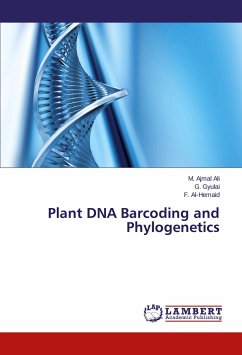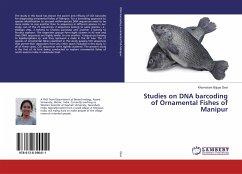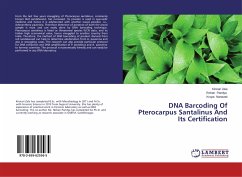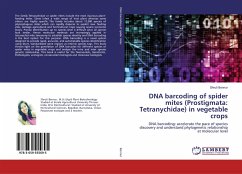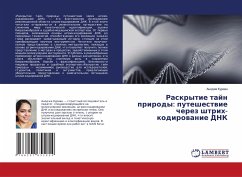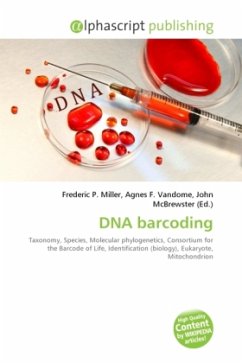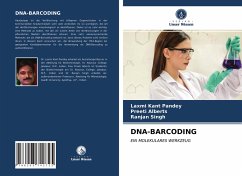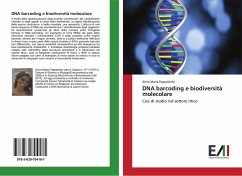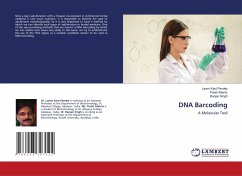
DNA Barcoding
A Molecular Tool
Versandkostenfrei!
Versandfertig in 6-10 Tagen
27,99 €
inkl. MwSt.

PAYBACK Punkte
14 °P sammeln!
Now a day's adulteration with a cheaper counterpart in commercial herbal medicine is very much common. It is impossible to identify the type of adulterants morphologically. So it is very important to have a method by which we can identify such types of adulteration in herbal medicine. One of the very promising methods that are known is DNA barcoding by which we can resolve such issues very easily. In this book, we try to authenticate the use of the ITS2 region as a suitable candidate marker to be used as DNA barcoding.



